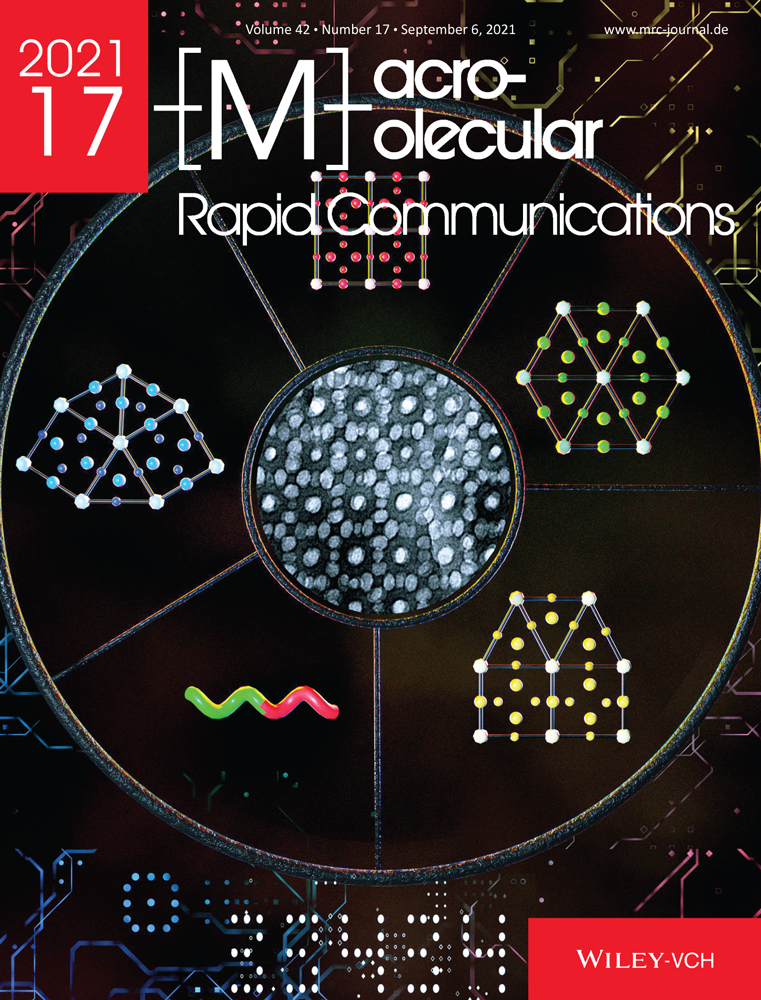Persistent Water Repellency of Syndiotactic Polymethylene with Perfluoroethyl Hexyloxycarbonyl Side Chains
Abstract
Polyacrylates bearing long fluoroalkyl (Rf) side chains are known to have ultralow surface energies that are appropriate for functional coating and fabric finishing. However, these long Rf chains cause health concerns because of the risk of toxic and bioaccumulative perfluoroalcanoic acid emission via oxidative degradation. This work demonstrates that incorporating a short Rf chain of perfluoroethylene at the end of the side chains of syndiotactic poly(substituted methylene) (PM) produces hydrophobicity. A contact angle of 105° of PM remains constant for more than 50 s, whereas that of the polyacrylate (PA) with the same side chain rapidly decreases from 85° to 44° over the same period. Such persistent water repellency of the PM is ascribed to a liquid crystal structure comprised the main chains arranged in a 2D hexagonal lattice and side chains that extend perpendicularly from these main chains.
Conflict of Interest
The authors declare no conflict of interest.
Open Research
Data Availability Statement
Research data are not shared.




